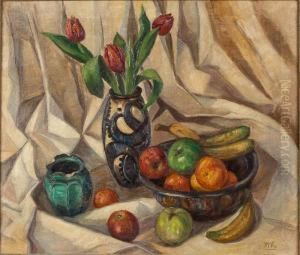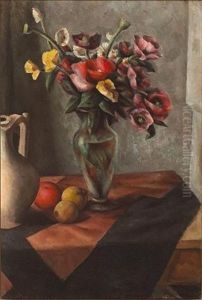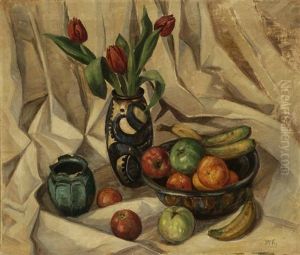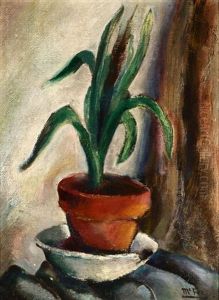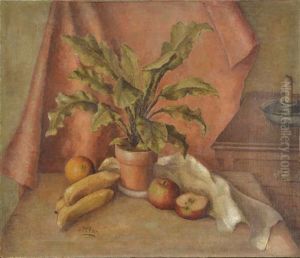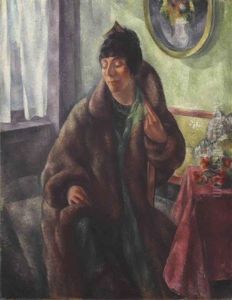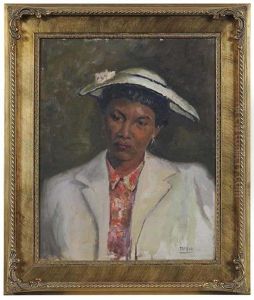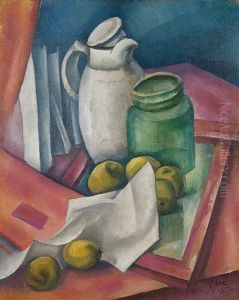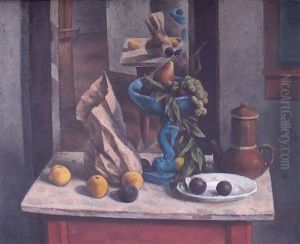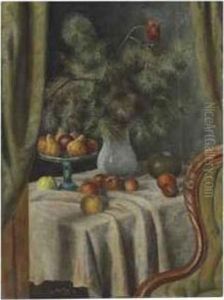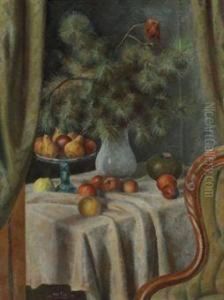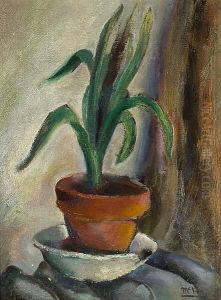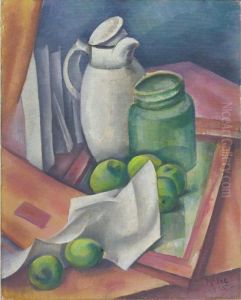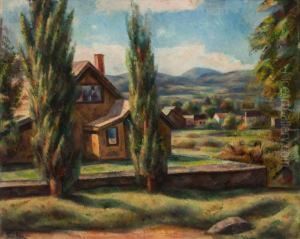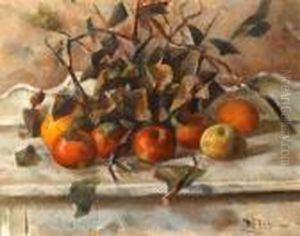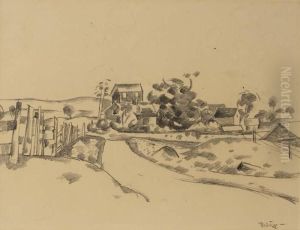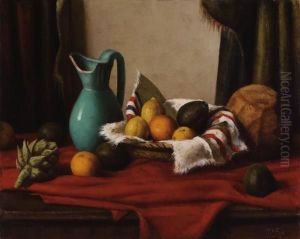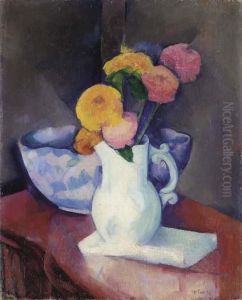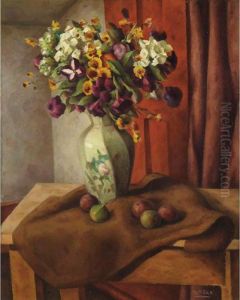Henry Lee Mcfee Paintings
Henry Lee McFee was an American painter known for his contributions to the still life genre and for his role in the development of modern art in the United States. Born on October 14, 1886, in St. Louis, Missouri, McFee's artistic inclination was evident from an early age. He studied at the St. Louis School of Fine Arts before moving to New York, where he furthered his education at the Art Students League and the National Academy of Design.
McFee's work initially reflected the influence of traditional European still life painting, but his style evolved as he absorbed contemporary trends. After traveling to Europe in the early 20th century, McFee was exposed to Post-Impressionism and Cubism, which significantly impacted his approach to composition and form.
In the 1920s, McFee became associated with the modernist movement in America, joining the circle of artists known as the 'Synchromists', who were influenced by the idea of synchromism, a movement focused on the use of color harmony and abstraction. Though not a strict adherent to any one school, McFee's work from this period demonstrates a shift toward abstraction and a more simplified depiction of objects.
Throughout his career, McFee remained dedicated to the still life, but his interpretation of the genre was far from static. His paintings are characterized by a subtle integration of form and a refined use of color, which often invoked a serene, contemplative mood. He was skilled at balancing realistic representation with the compositional demands of modernist aesthetics.
During the 1930s and 1940s, McFee's reputation grew, and he was employed as a teacher at various institutions, including the Art Students League and Claremont Colleges in California. His influence extended to a new generation of artists through his teaching and his art.
Henry Lee McFee continued to paint and exhibit his work until his death on March 19, 1953, in Claremont, California. Today, his paintings are included in the collections of major museums across the United States, such as the Metropolitan Museum of Art and the Smithsonian American Art Museum, and his contributions to American modernism are recognized by art historians and collectors alike.
